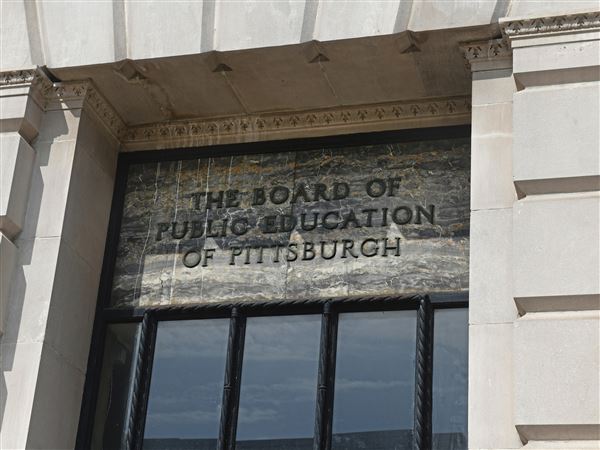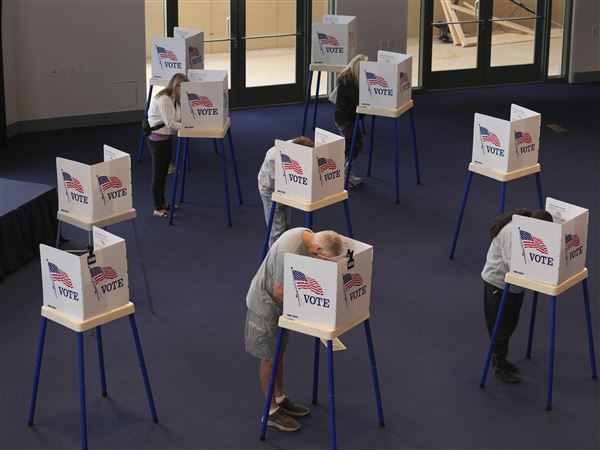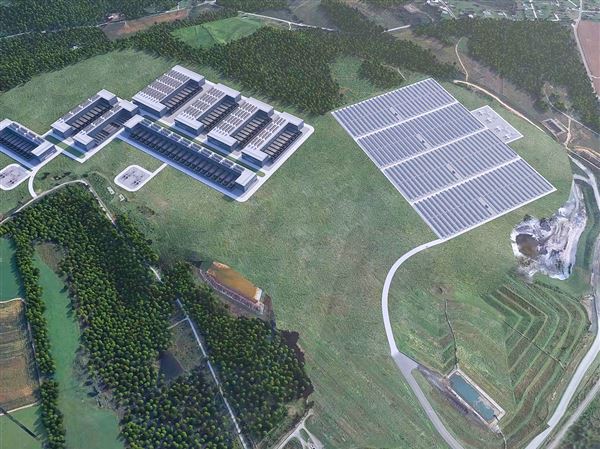Consider this statement: “The Pittsburgh region is a place that welcomes and embraces racially and ethnically diverse people.”
According to a report released Wednesday by local advocacy organizations, 76 percent of white residents agree that sentiment is true.
But conversely — and alarming to a panel of workforce experts — only 29 percent of African Americans believe the same.
The gulf in opinion was just one of the data points contained in the results of the Pittsburgh Regional Diversity Survey, which drew responses from about 3,500 respondents who answered an online questionnaire in August and September 2015.
Overall, the survey found, the Pittsburgh area lags behind other regions in promoting diversity in the workforce, and perceptions vary widely along racial lines on the importance that employers are placing on bringing in diverse candidates.
Assembled by a coalition of local groups including Vibrant Pittsburgh, Pittsburgh Today and the Workforce Diversity Indicators Initiative, the report said the figures shed light on “a southwestern Pennsylvania struggling to look like the rest of the nation.”
“We hope that the eye-opening results will help residents and leaders develop action steps to increase regional diversity and ensure that people of all backgrounds, differences and similarities have an equal opportunity to thrive in the Pittsburgh region,” said Melanie Harrington, president and CEO of Vibrant Pittsburgh.
The report was released at a media event before a gathering of university, government, business and nonprofit leaders at the University Club in Oakland.
Because the report measured regional perceptions, it could be easy to dismiss its findings as a trivial matter of opinion, said Grant Oliphant, president of the Heinz Endowments. But “the perception is shaped by a reality that people are experiencing on the ground,” Mr. Oliphant said.
“What you see, in terms of the perceptions in this report, is because of real barriers for minorities, in particular African Americans, in the community,” he said. “It’s also about living in a community we all want to live in.”
Employers might be having trouble translating policies into a culture. About 77 percent of surveyed workers said their employer has some sort of training program, policy, best practices or goals that address diversity.
“We were actually surprised to find how many companies were doing that,” said Doug Heuck, director of Pittsburgh Today. “Clearly, there’s some kind of disconnect between having those kinds of programs and getting the message through to actions that hiring, recruiting and promoting a diverse workforce is important.”
Employers tend to perpetuate, though inadvertently, a homogeneous workforce through recruiting new employees by asking existing workers for recommendations, said Vera Krekanova Krofcheck, chief strategy officer for the Three Rivers Workforce Investment Board.
While such a structure makes recruiting easier and allows employees to move up, “It doesn’t work for diversity” unless employees have an ethnically diverse network, she said.
The report focused a lot of attention around workforce issues, but also examined broader feelings of belonging in the Pittsburgh region. For example, when asked about socializing here, only 19 percent of minority residents said it’s very easy to make friends compared to 35 percent for white residents.
Mayor Bill Peduto and Allegheny County Executive Rich Fitzgerald attended the panel discussion. Mr. Peduto said partisan politics sometimes snags efforts to make communities a more welcoming place. As an example, he reiterated his willingness to accept refugees from Syria, which should be a moral issue but has become a political flashpoint on the national stage.
“Some of the disappointment that I have comes when I talk with mayors from other cities,” Mr. Peduto said. In places like Nashville, Tenn., and Louisville, Ky., he said, the “corporate community, together with faith leaders, get up and say this is the right thing to do. That’s what we need to do. ”
Daniel Moore: dmoore@post-gazette.com, 412-263-2743 or on Twitter @PGdanielmoore.
First Published: January 13, 2016, 2:55 p.m.
Updated: January 14, 2016, 3:13 a.m.

















